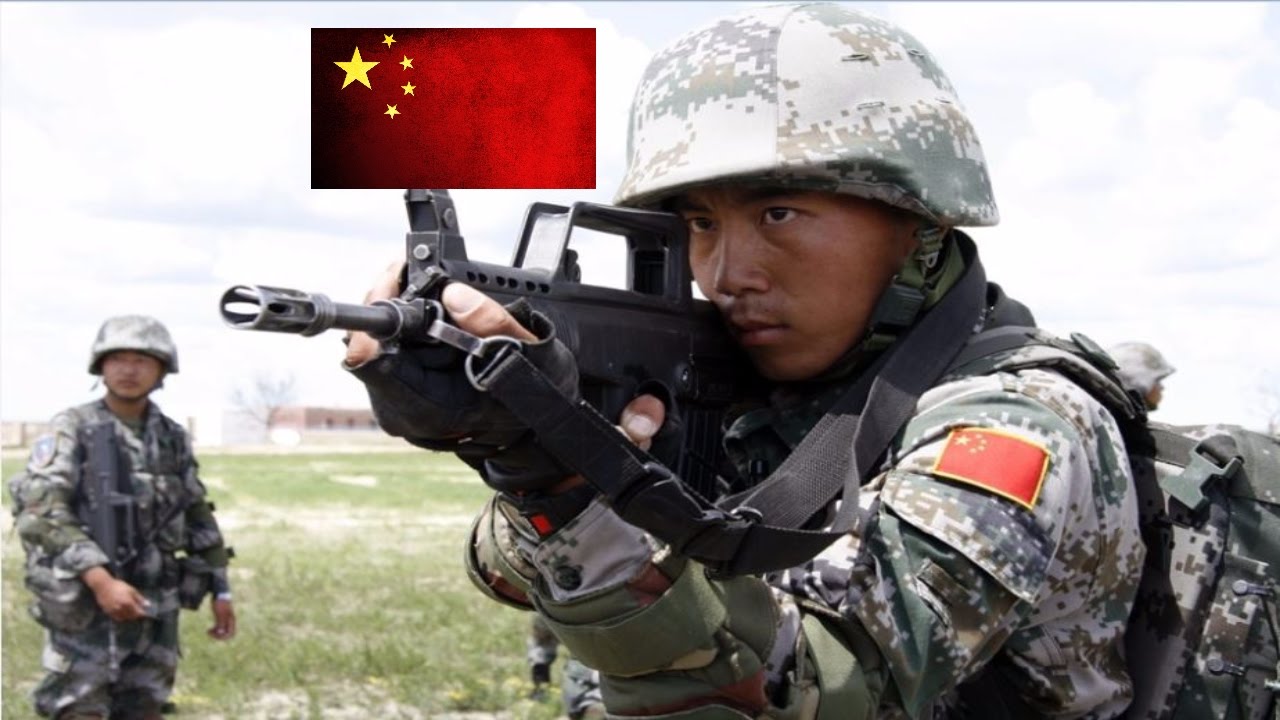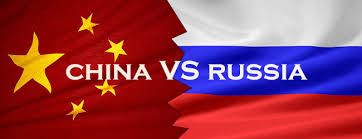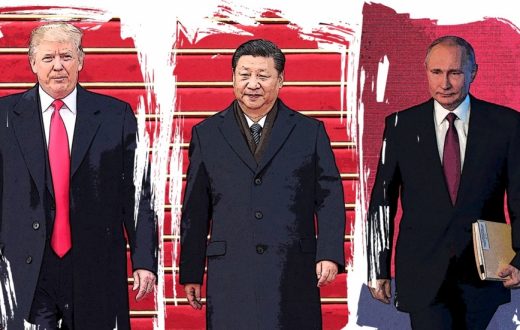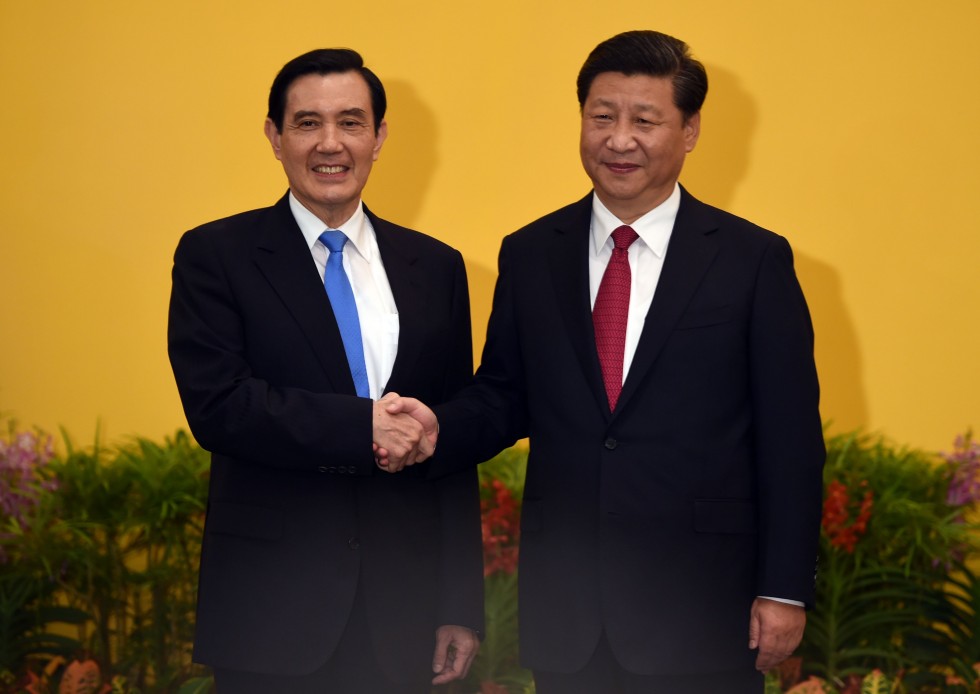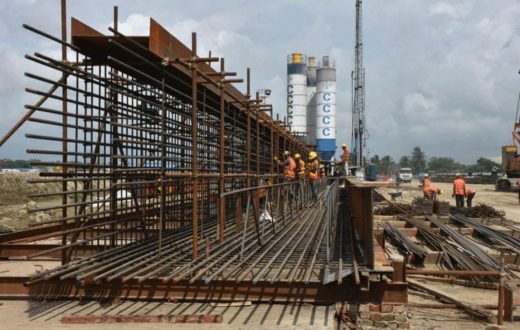China’s Ascent onto the World Stage: Military Muscle. The People’s Republic of China has been involved in several military conflicts since its founding in 1949, but since then its Soviet-era arsenal has been replaced with newer, more sophisticated weaponry and technology. China has also ramped up arms exports over the years and has manufactured weapons and combat vehicles that are improving in quality and efficiency, many of which are rivalling American and European counterparts.
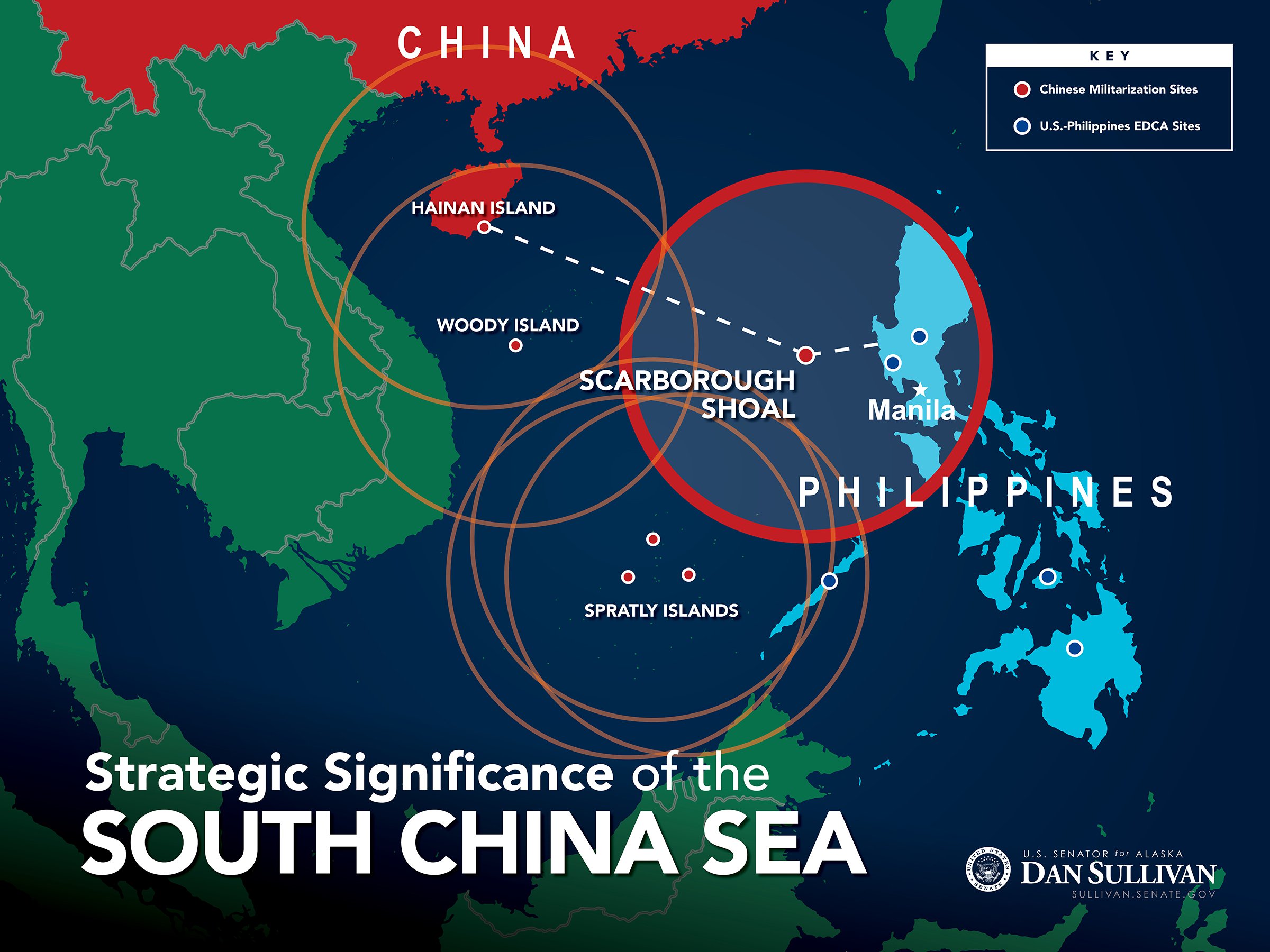
Rapid Modernization of Chinese Military Forces
The rapid modernization of military equipment and weaponry did not take place on a large-scale until recently; the spiking economic growth over the past decade was accompanied by increased investment in the armed forces. Just three months ago, a report indicated that Chinese arms exports had risen 74%. Increasing reliability of domestic arms producers has allowed China to decrease its dependence on foreign arms manufacturers, and this has resulted in a decrease in arms imports.
Overall, global arms exports have increased with the United States, Britain, and Russia seeing gains as well, however none of these increases have been as significant as China’s. The main buyers of Chinese weapons are Asian and African states. Most Chinese arms exports go to Pakistan, Bangladesh, and Myanmar, while just over 20% of exports go to African countries.
20% of exports go to African countries.
The Norinco Factor
China’s largest arms manufacturer is Norinco, and just this May they reported strong quarterly gains. Norinco saw nearly $15 billion in revenues, and a 31% increase in total profits. Norinco makes a broad range of automatic and semi-automatic rifles, pistols, tanks, and antitank rockets. China has multiple aircraft manufacturers including Changhe Aircraft Industries Corporation (CAIC), China Aerospace Science and Technology Corporation (CASC), Hongdu Aviation Group, and Chengdu Aircraft Industry Group. China State Shipbuilding Corporation (CSSC) is one of the largest shipbuilders in China, and the main supplier of the People’s Liberation Army Navy (PLAN).
The People’s Liberation Army (PLA) has over 2.3 million active members with another 2.3 million in the reserves. Chinese defence spending has completely transformed the navy by modernizing the fleet. The People’s Liberation Army Navy (PLAN) also plans to add more than 15 submarines to its fleet within the next three years. This rise in naval spending has not gone unnoticed; Beijing’s muscle-flexing in the South China Sea has been the cause of concern for its neighbours.
Western military experts have reported that the PLA Air Force (PLAAF) is catching up in terms of ability with the air forces of Western countries.
Chinese Air Power
Western military experts have reported that the PLA Air Force (PLAAF) is catching up in terms of ability with the air forces of Western countries. Some reports even suggest that by 2030, the Chinese will have air superiority over the United States. Furthermore, China is working on the development of fifth-generation aircraft (the most advanced type of jet fighters). Some of these jets, such as Chengdu J-20 and Shenyang J-31, have been likened to the most advanced American warplanes.
The ground forces, while large in number, have a few logistical problems. These problems are mainly concerned with the transportation of troops, however within the next few years this is not expected to remain a serious issue. Chinese ballistic missiles (ICBM and SRBM) are already known to be very effective and are capable of being equipped with nuclear warheads. While China’s missile defence systems are already adept, there is a possibility that they may purchase advanced Russian missile defence systems for increased security.

